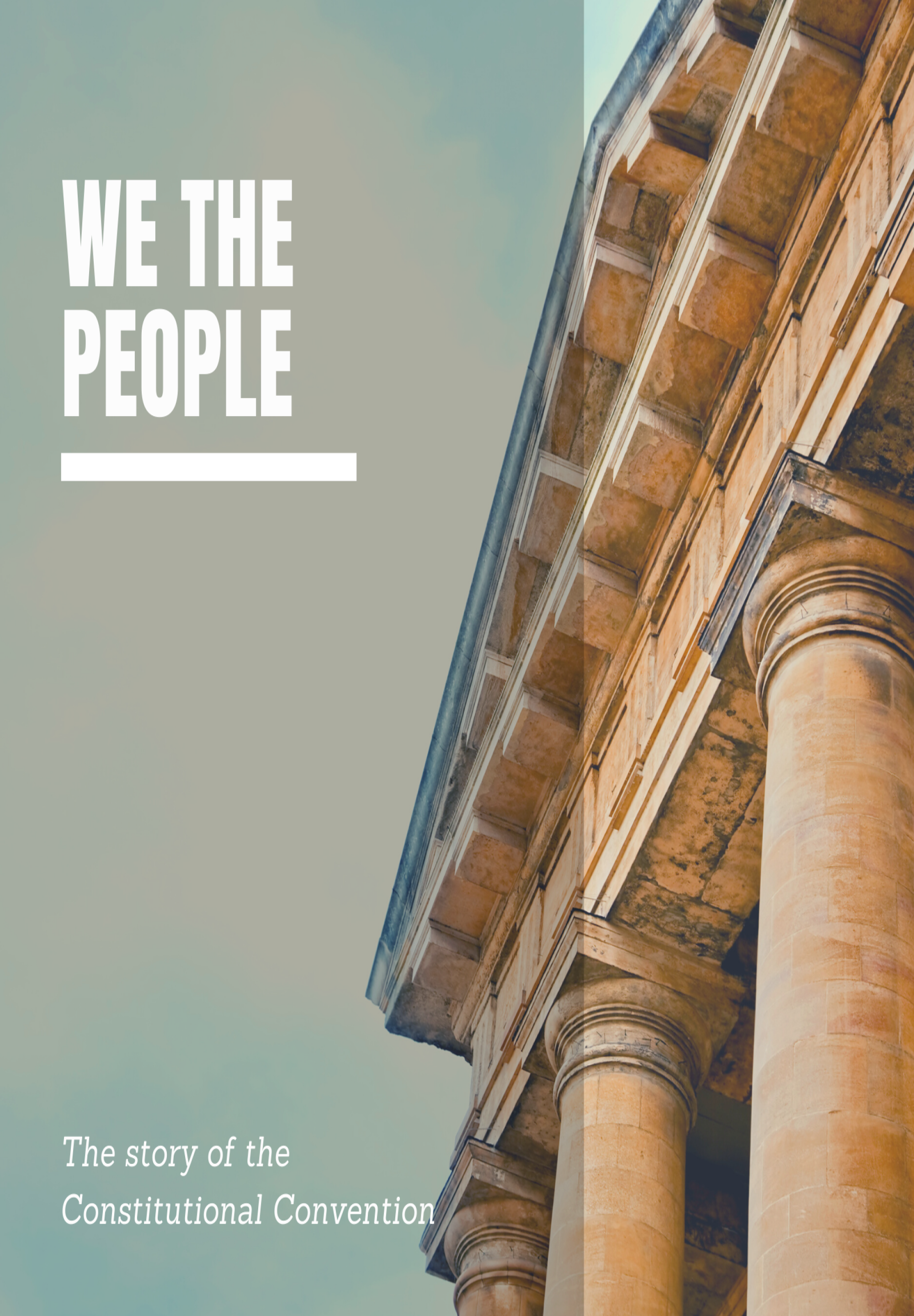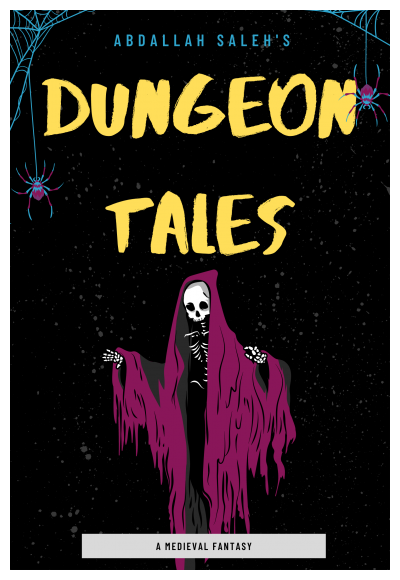
Synopsis/Details
A few short years after the Revolutionary War, the United States has only the fragments of a real government holding it together. The State governments have splintered into factions of their own, levying tariffs on one another, printing their own currency, and refusing to pay Congress, to name just a few transgressions. Strong Nationalists who view their Country not from the limited perspective of their State, but as States which must unite in order to be a formidable Nation, call for representatives of the thirteen States to assemble for a formal convention.
The film opens with the arrival of the brilliant and introverted James Madison. As there are no opening titles other than the plain and direct words "This is a True Story", there is an element of mystery to what follows. Madison inquires as to if any of his colleagues have made their way to Philadelphia, only to realize he is the first. More than a week passes and he is awoken to the sound of trumpets and cannon fire, and perhaps the best news he's heard in a while; General George Washington has arrived. After a brief speech to his fawning onlookers, Washington's first order of business is to pay his respects to the most well known and respected man in the city, Benjamin Franklin.
They speak of a gathering of great minds scheduled to assemble the following day, but soon come to realize only two States have managed to form a quorum. Franklin lifts their spirits by insisting they have dinner at his home that night. This is where the various delegates speak openly about the dangers their young Nation faces. It becomes apparent it'll take a very bold strategy and approach to convince the other arriving States to relinquish their power 'in order to form a more perfect Union'.
In the coming weeks, as delegates arrive from across the Country, this bold group of philosophers prepare a radical new plan of government. The Convention finally assembles in late May, Washington is unanimously voted in as President, they work through the rules and formalities, and then the radical new plan is sprung on the shocked delegates.
In the months that follow, depicted through vigorous debates, speeches and votes, we experience the fascinating and grueling process by which our government was formed. Shocking ideas are thrown about, such as would our Country function best with a King at the helm. Threats are made, men walk out in protest, and divisive issues such as equal representation, the purview of the President and Senate, and many others can't seem to be agreed on.
When the chances of success appear to fade away, the delegates receive a welcome break (as does the audience). We experience the Fourth of July with the founding fathers. Washington leads a parade, enjoys an impassioned sermon, and shares dinner with many old friends and colleagues from the war. Other delegates sing and drink and play games. Hamilton and his mischievous friends play a prank on Washington, much to their regret. All good things must come to an end, though.
We return to the Convention and discover an entire delegation has decided to retire from the proceedings. Some marginal votes are taken, and compromise becomes a tough pill to swallow for many who never expected they'd have to. Lesser known events, such as the last-minute decisions which shaped the current electoral voting system, and some alleged dishonest final transcriptions that had significant implications in the lawful interpretation of the Constitution, are depicted as well. The document is signed in a momentous event, with Franklin in tears as he delivers his final remarks.


